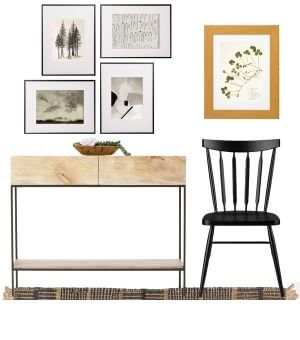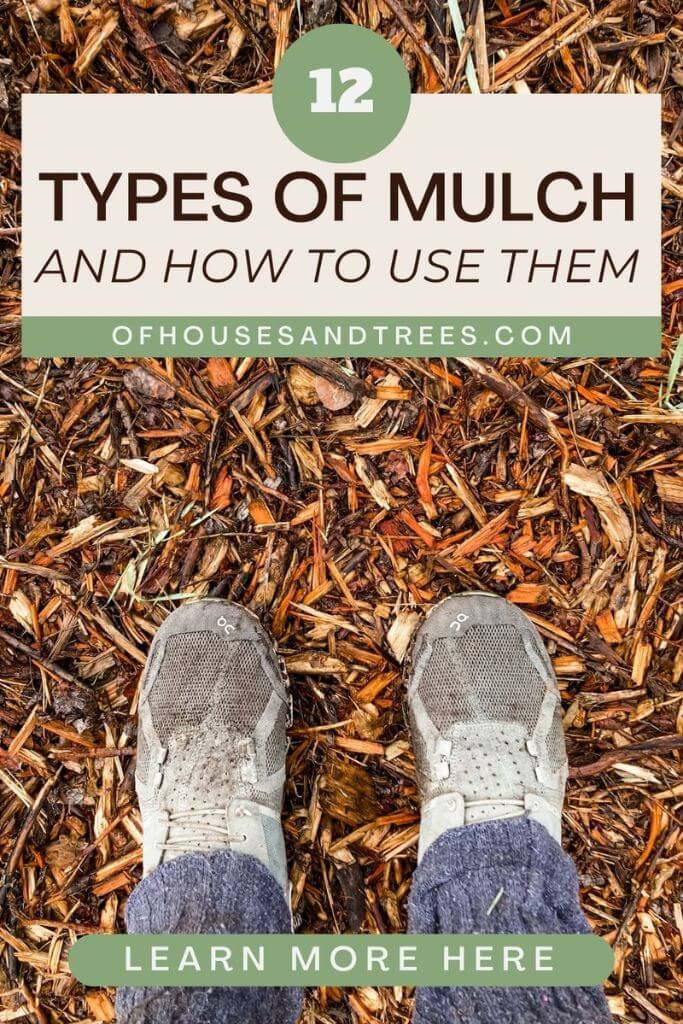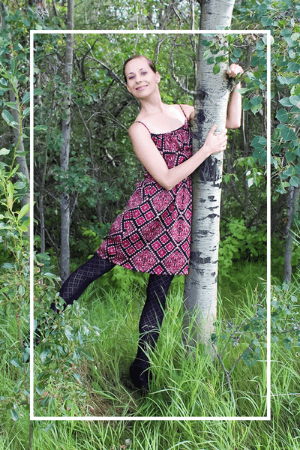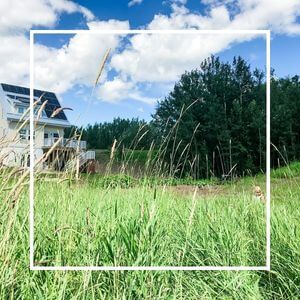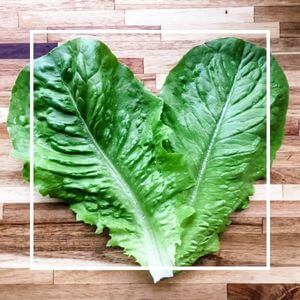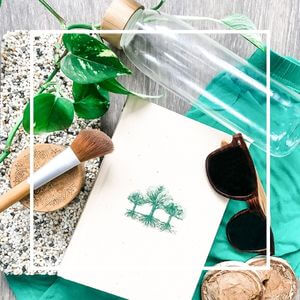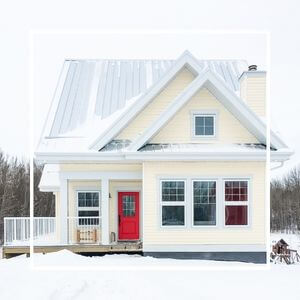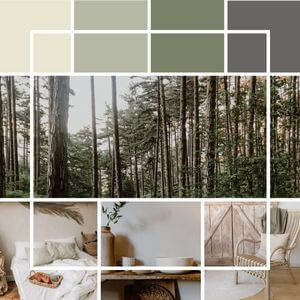Mulching a garden is one key way to keep it healthy and sustainable. Here are helpful tips for using mulch, including twelve different types and how to use them.
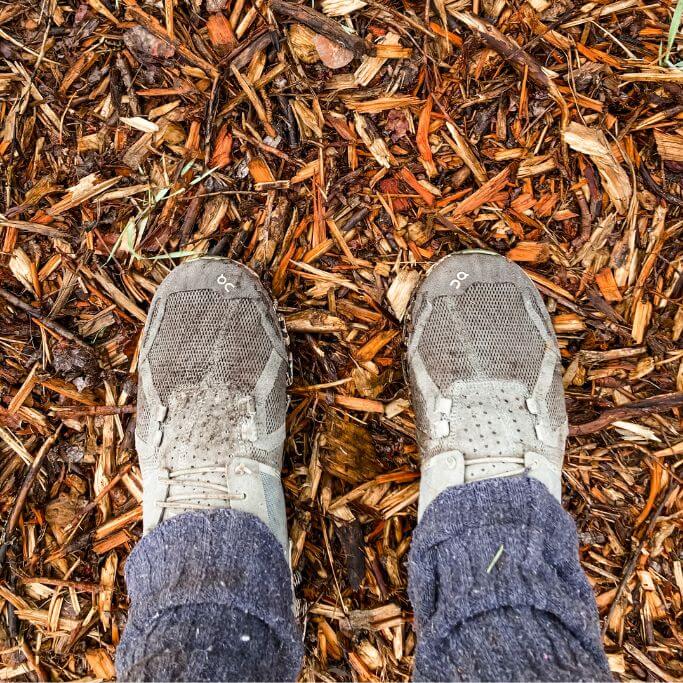
We’re kind of obsessed with mulch over at our house. Wood chip mulch to be more specific. We use it in our garden, around the edges of our garden, and to create the little walkways that go to and from our garden.
Now, we’re very lucky to have gotten several large piles of wood chip mulch for free. But even if you don’t have a nice large mulch pile at your disposal, there are so many reasons why you should consider using it in your garden.
Read on to learn about the different types of mulch and the benefits of using them, as well as the things NOT to do when mulching garden beds and other outdoor areas. (If you want to start at the begin and learn how to garden completely from scratch go here!)
Featured Video
What is Mulch and What are Mulches Used For?
The simplest definition of mulch is that it is any material that covers the surface of a garden’s soil. Mulch also naturally occurs in nature in the form of leaves and plant debris you find spread across the floor of a forest or around the base of trees. In the garden, mulch may include compost, grass clippings, wood chips and other organic materials like pine needles and straw. There are also inorganic types of mulch that are more often used for landscaping and is discussed more in depth below.
Over the last few years, the benefits of using mulch as a part of a sustainable and holistic gardening practice have become more apparent. Certainly, there can be an aesthetic aspect to mulch as it can help the garden to look neat and tidy, as well as keep weeds at bay, but mulch also feeds our soil’s living organisms, contributing to a healthy, nutrient-rich garden.
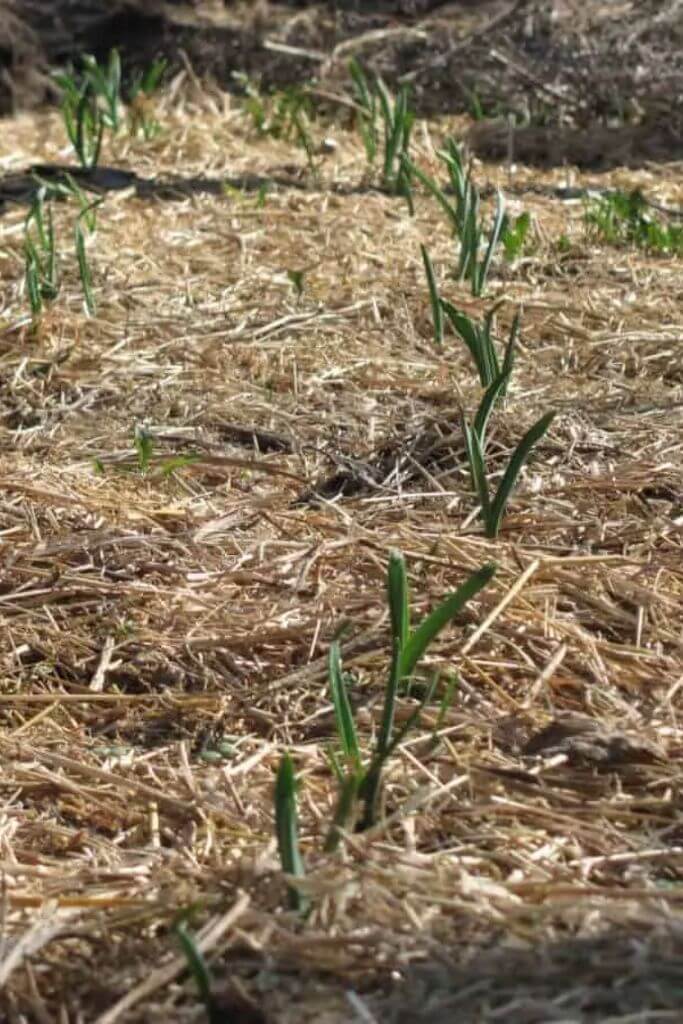
The Benefits of Using Gardening Mulch
I mentioned just a few of the reasons with mulch is an excellent addition to a household garden. But there are so many more that I wanted to create an easy to read list so you can see the many, many positives of mulching your garden:
- Mulching helps your garden to retain moisture as it protects the soil from the sun.
- Mulch also directs water to the roots of the plants and allows for a slower absorption rate, whereas bare soil often leads to water runoff.
- Mulching regulates the soil temperature, keeping it cool during the day and warm at night. Think of it like insulation for your garden.
- Mulch helps prevent soil erosion as it protects the garden surface from wind.
- Organic mulches break down and help feed the soil, reducing the need for fertilizers, which can be expensive and – depending what kind you use – harmful to the environment.
- Mulching a garden keeps the leaves of your plants off of the soil, which protects them from plant diseases such as fungal and bacteria infections.
- A garden covered in mulch for the winter season is protected from the freeze-thaw cycle, meaning any perennial plants have a better chance of surviving until spring.
- Also, a garden that has been covered in mulch for the winter warm quicker in the spring, allowing gardeners to work the soil sooner an creating a longer growing season.
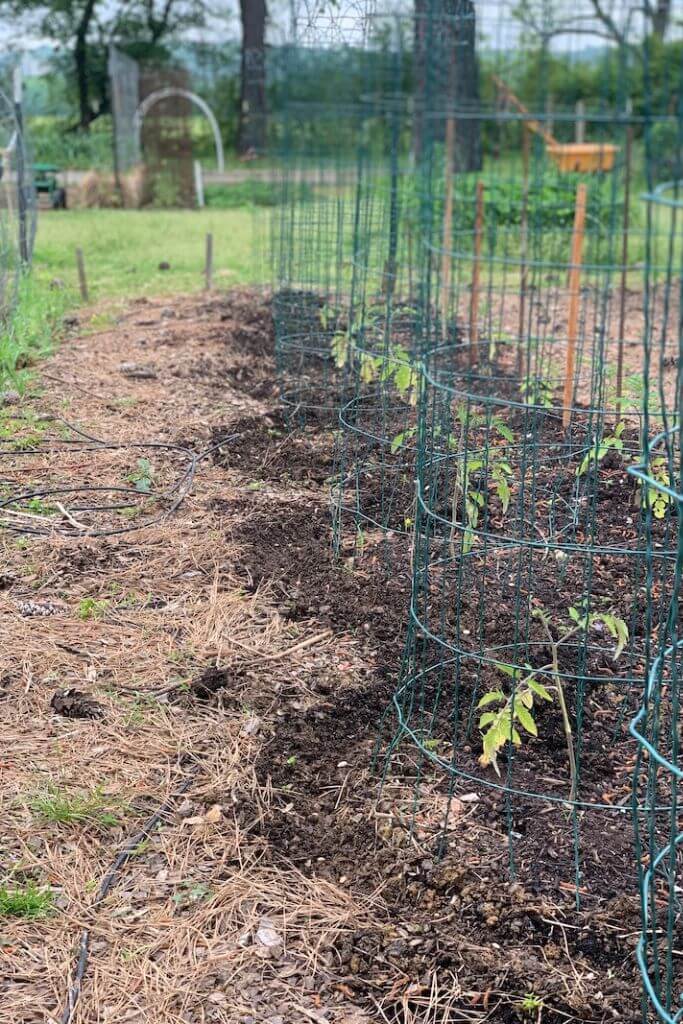
Need help choosing eco-conscious furniture and decor for your home? That’s what I’m here for!
What Not to Do When Gardening with Mulch
Now that we know how many benefits there are to mulching our gardens, it’s also important to be aware you can indeed mulch incorrectly. Here are some things NOT to do when applying mulch:
- Be careful not to add too much mulch. Anything above a 2-3 inch layer can prevent water and oxygen from reaching a plant’s roots.
- Certain mulch types, such as sawdust or fresh wood chips, can deplete the soil of nitrogen and may need to be counterbalanced with a natural nitrogen fertilizer such as soybean oil or cottonseed meal.
- Don’t apply mulch over perennial plants too early in the fall. Wait until after the first hard freeze and then only cover partially – allowing for the tops of the perennials to remain poking through.
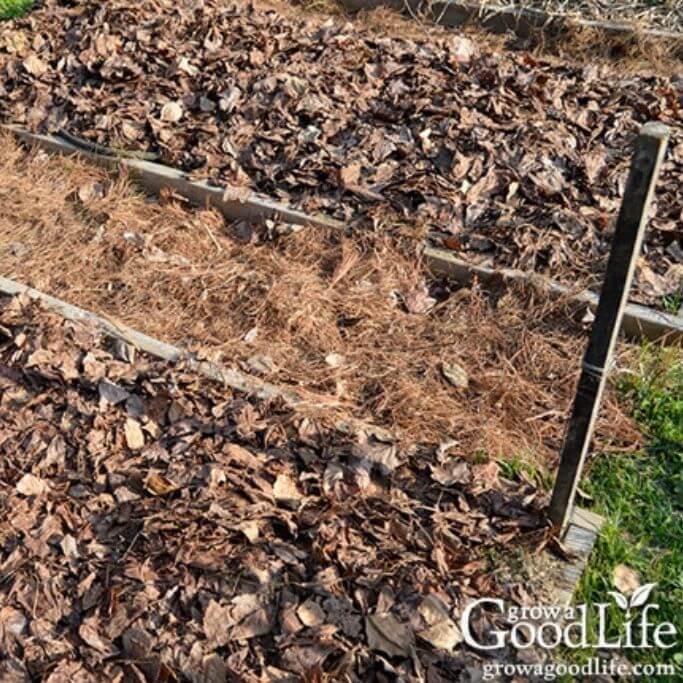
12 Types of Mulch for Gardens and Yards
Mulching for plants in your garden and around your yard fall into two categories – organic and inorganic. Organic mulches include any type that will naturally break down over time. Because they do decompose, they need to be replenished over the years and often during the growing season as well. Here are eight types of organic mulch:
- Wood chips. A very popular mulch choice for a reason, wood chips are inexpensive, help soil retain moisture, provide organic matter an even repel some pests.
- Grass clippings. Want a free way to garden with mulch? Save your grass clippings when you mow your lawn. Grass is high in nitrogen and you can use both fresh grass clippings and dried grass as garden mulch.
- Shredded leaves. Proponents of shredded leaves as mulch say they are even better at retaining moisture some of the other popular organic mulches.
- Straw. Straw mulch tends to decompose quickly, meaning its adding nutrients to your garden soil at a quicker rate than some other mulches.
- Pine needles. Unlike straw, pine needles actually break down at a slower rate and may last more than one season. They also mat together easily and create a barrier above the soil that helps keep it protected from things such as erosion.
- Compost. While it’s common for people to mix compost into their garden beds, you can also use compost as mulch by simply spreading it on top of your existing soil. Every time you water or when it rains, all the amazing nutrients living in the compost filter down into your garden.
- Cardboard. Using cardboard in the garden is often referred to as sheet mulching, because you literally place sheets of cardboard down – usually to suppress weeds. I’ve never heard of anyone using cardboard on its own as you need to add another layer of mulch over top to stop it from blowing away.
- Newspaper. Newspaper is used in the same way as cardboard, though because it is thinner it will break down sooner. Just make sure there is no plastic components to the newspaper before laying it down.
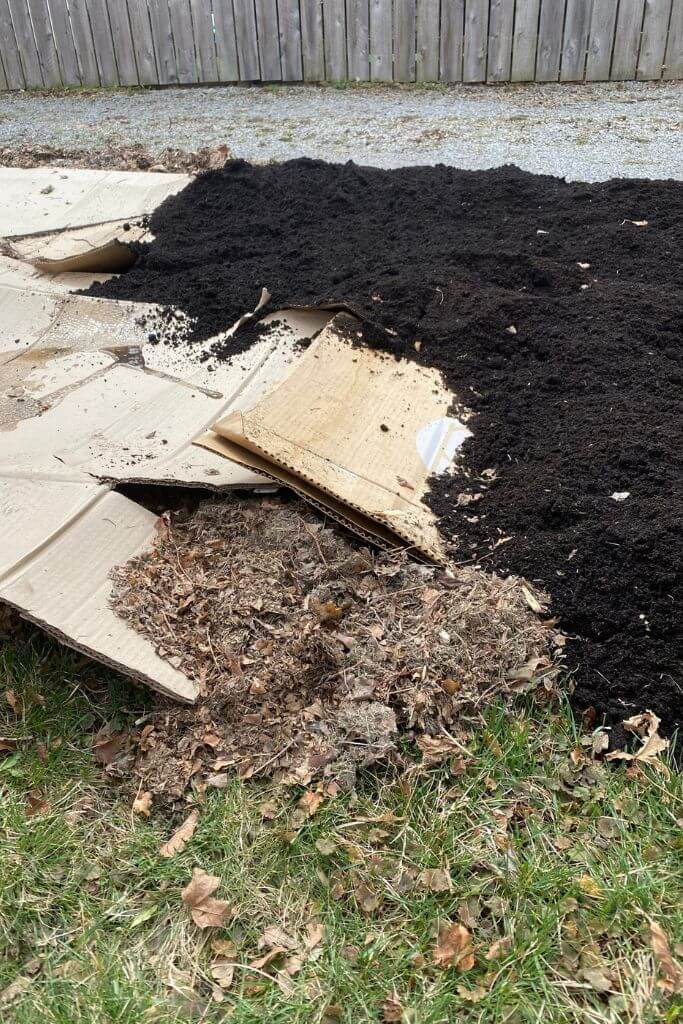
Inorganic mulch would be any other type of soil covering that does not break down. Even though some of the materials on this list are natural (such as rocks), because they don’t decompose they fall under the inorganic category. Here are four types of inorganic mulch:
- Rocks. This includes anything from larger river rocks to gravel and is a great mulch for landscaping, but not for gardening. Even though rocks help soil retain moisture, I can speak from experience and say it is difficult to plant in and doesn’t really keep weeds at bay.
- Plastic chips. Some people use plastic mulch to warm their gardens in the spring, but it is not considered a sustainable choice as it can only be used for one season and must be removed and discarded before planting.
- Rubber chips. Rubber mulch is usually made from recycled tires, thus it seems like an eco-friendly choice. But there’s a lot of debate over whether it is safe to use due to it leaching heavy metals and other chemicals.
- Landscape fabric. Landscape fabric can be useful in certain applications, such as landscaping around the yard, but most experts recommend not to use it in your garden as it adds no organic matter to your soil and can even deplete your soil over time.
How Much Mulch Do I Need in My Garden?
Trying to calculate how much organic plant mulch you need doesn’t have to be a head-scratcher. If you know the rough area you want to mulch, then all you need to do is decide how deep you want your mulch layer to be. Most experts recommend no more than 2-3 inches.
For a 2 inch thick layer of mulch, you’ll need 18 cubic feet for every 100 square feet of soil. Meaning if you have a 5 by 10 garden, which equals 50 square feet, you’d need 9 cubic feet of mulch. For a thicker layer of mulch, such as 3 inches, it’s 27 cubic feet per 100 square feet of soil. So for that same 5 by 10 garden, you’d need 13.5 cubic feet.
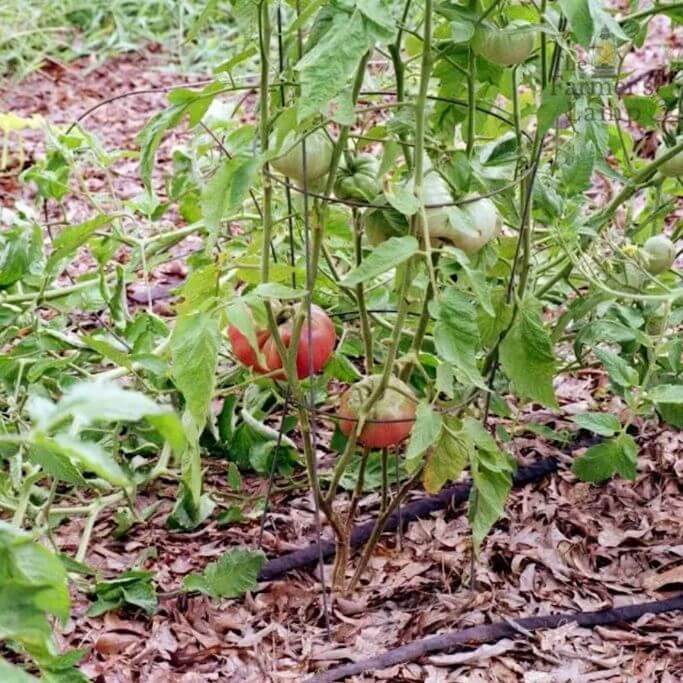
One thing I didn’t touch on above is where to find mulch. The easiest way is to simply search “mulch for sale near me.” Some of the options that pop up will be bagged mulch products from big box stores, but please consider supporting a local gardening centre or landscape supply business instead. Not only will you likely get a much better product, you’ll also be supporting people and products from your own community.
If you’re interested in learning more about sustainable gardening, here are some eco friendly gardening tools I recommend.
Do you use mulch in your garden? If so, what kind is your favourite? Let me know in the comments below!
CLICK TO PIN FOR LATER!
Posted on May 27, 2024
Need help choosing eco-conscious furniture and decor for your home? That’s what I’m here for!
Former architectural technologist. Current treehugger.
I’m here to help you green your home – and your life.
Subscribe to the Of Houses and Trees monthly newsletter and I’ll send you my FREE list of “The 8 Best Places to Buy Eco-Conscious Decor Online.”
What on earth is sustainable design? Learn all about this eco-focused design method and read the latest posts about green architecture, interior design and decor.
Sustainable living is more than just a thing treehuggers talk about. It’s about making conscious choices everyday. Read the latest posts on living with the planet’s wellbeing always in mind.
Visit the Of Houses and Trees sustainable product directory and support brands trying to make a difference in the world.
Find out more about our 40 acres of land in Parkland County, Alberta and the sustainable home we built amongst the trees.
Need help creating the home of your dreams? Care about the planet? You’ve come to the right place! check out my affordable, sustainable e-design services.
Having a had time choosing paint colours? I’ve got you – and your walls – covered with an interior paint palette sure to compliment your home.
Have questions about creating an eco-conscious home? Go ahead – ask me! Sign up for one of my free online interior design consultations and ask me anything you want.


